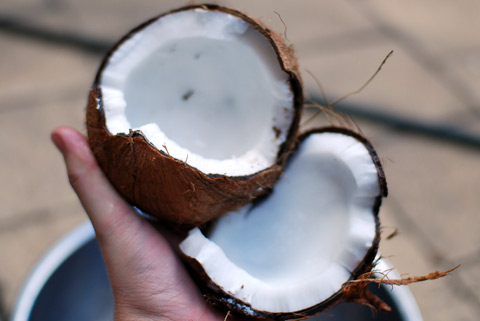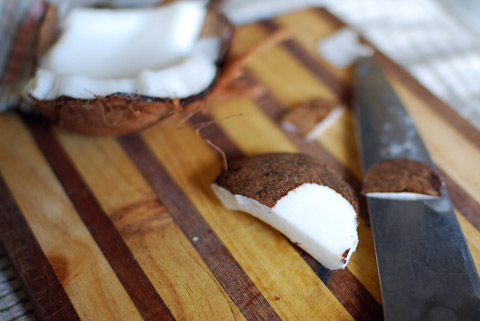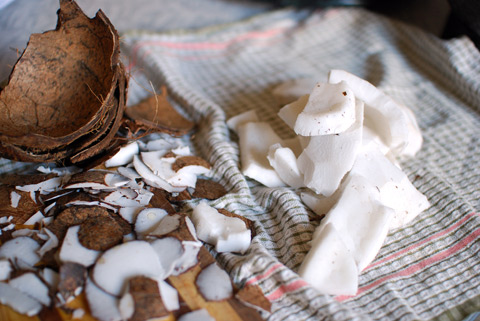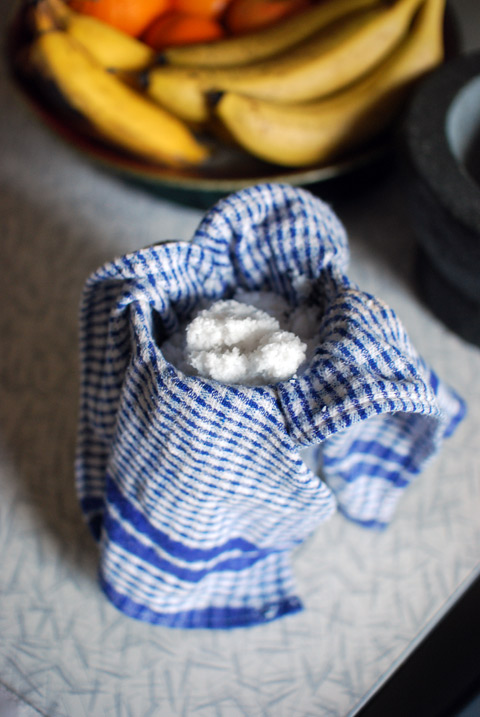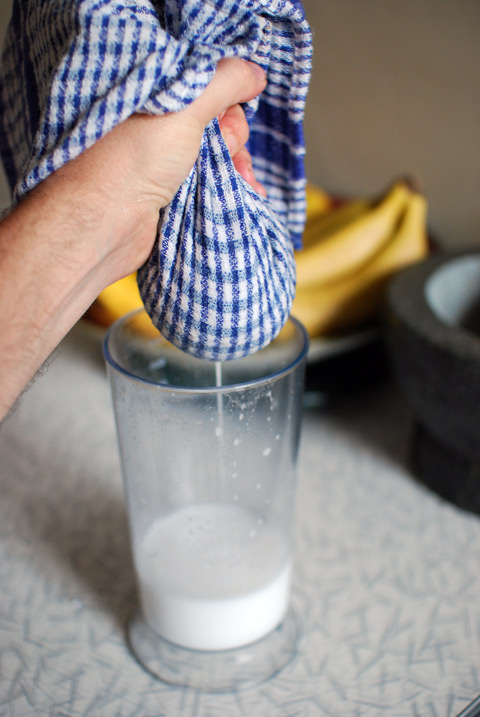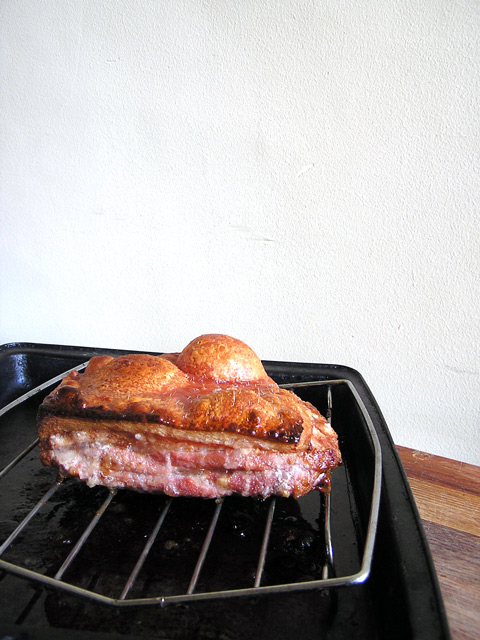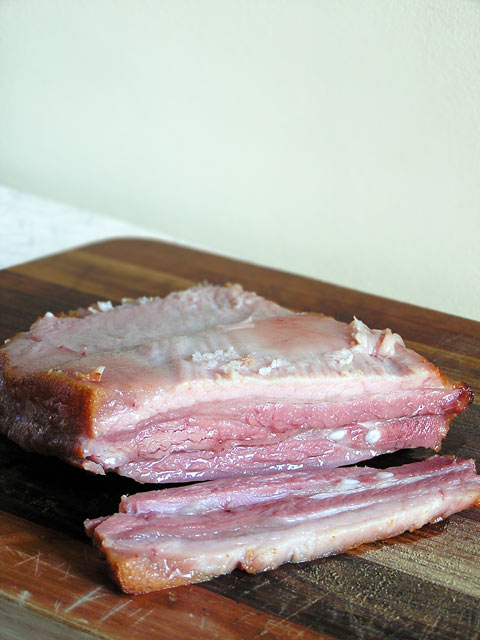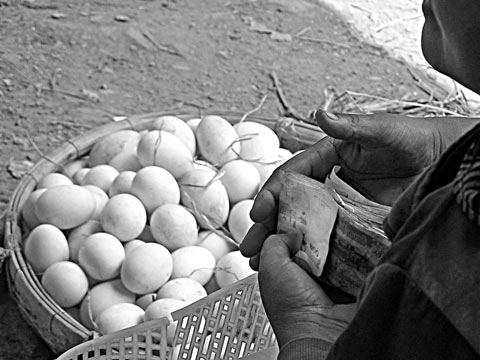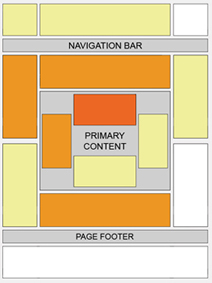
This post follows on from How to start a food blog.
How do I design my blog?
Don’t. Get someone else to do it, unless you’re lucky enough to be a web designer or are keen to use the blog to practice your web design skills. Good design counts.
Firstly, all of the major blogging platforms come with a template system where you can easily pick and choose between their stock (or easy to modify) designs. Links for a few template sites where you can download free to use (or free with attribution) templates are below.
Secondly, you can hire a web designer to make a template for you. This is costly for your average blog, but if you’re setting this up as a part of your broader business, it is well worth the expense for your site to both stand out from the crowd and fit with your brand. For a decent designer building a unique template, budget for between US$450 and US$900+ depending on the amount of work involved. Alternately, you could pick up a non-unique but well designed theme from somewhere like Template Monster for around $45.
Building your audience
Building your audience is not about being the biggest food blog in the world: it is about capturing the readers who you want to be reading your blog. If that audience is just your family and friends, I’ve already told you twice to stop reading this guide to starting a food blog, and get over to Blogger in the previous post. If it’s to capture the minds of other food bloggers and accordant readers with a passing passion for food: read on.
Networking/Commenting
Being social is almost more important to gathering an audience than writing blog posts. Make valuable comments on the blogs or forums (e.g. Chowhound, eGullet) that are similar to yours or you think has the readers who’ll lap up your thoughts on food. As much as I love it when someone writes “Great post!” and nothing else in the comments (cue stock response below), I like it even more if somebody writes something substantial that builds on the post or completely disagrees with it. If they do that, I’m likely to have a look at their food blog. Controversy is good for traffic, even if it makes you look like the fool.
For food blogging, networking isn’t limited to online. You can always try inviting another blogger for a meal/drinks, emailing them for suggestions, or attending one of the organised blogging meets. It shouldn’t be any great surprise to people that food bloggers like free food. Physically meeting people is more powerful than just commenting for building relationships.
Online Food Blog Events
Is My Blog Burning? – tracks blogging events/posts where individual bloggers host a themed post and encourage others to write about the same topic. Both hosting an event and being involved in them are great ways to attract likeminded bloggers and build incoming links to your site.
Menu For Hope – is the food blogging world’s superbowl: a raffle in aid of a charitable food cause (last year the UN’s World Food Programme) hosted by Pim from Chez Pim and others around Christmas.
The cynical web marketer in me still screams out that the money spent on pepper in Cambodia has paid off one-thousandfold in incoming links. You couldn’t pay the world’s bigger food bloggers to link to your site, but once a year, you can get it practically for free. And the money goes to a good cause.
Get listed on the aggregators
At the moment, there are only two important sites that specifically aggregate food blog content: foodpornwatch and tastespotting . Food Porn Watch provides a text link to your updated posts as they happen. To get listed, after you’ve written some quality content on your site all you need to do is email them your RSS feed details at http://foodpornwatch.arrr.net/addsite.shtml . Tastespotting highlights food photography with an emphasis on well-lit macro shots of styled food: the sort of shots that bore me pantless but the rest of the world seems to love with gay abandon. (Thankfully, Gourmet editor Ruth Reichl thinks along similar lines, so maybe this trend will swing back to either shots of unstyled food or my hope, to the bad, oversaturated food shots of the 1950s) To get yours up at Tastespotting, go to http://www.tastespotting.com/?action=new.
Writing for search engines (SEO)
When you write for the web, you write for two audiences: your human readers and search engines. At the moment, a search engine reading your site is like a blind person breaking into your house and trying to guess the color of your clothes by the way they smell. If they’re lucky, your clothes will be tagged. If they’re not lucky, they’ll guess that your clothes are all brown.
Writing for search engines is like putting Braille labels on your clothes. If it’s done well, only the actors who matter will notice.
Unlike blind burglars, search engines are more easily tricked and this manner of prestidigitation forms a whole new field of marketing called “Search Engine Optimization”, the goal of which is to list your site as highly as possible on a search engine for a particular keyword and thereby attract more readers when they search for that keyword. Most of the tricks are as easy as finding Braille labels. Here are the five most important things to do to raise your website’s profile in the unseeing eyes of the search engine:
- Keywords in your titles – if you’re writing about “How to start a food blog”, name it thus. As much fun as it is to write wacky titles, search engines can’t find them because they have not got the semantics worked out yet. I will be a happy man when search engines like a pun.
- Keywords in incoming links – Incoming links from other websites form much of the basis for your ranking in search engines and are even better when they contain the keywords that you target. For me “Cambodian food” is a better link than “Phnomenon”. You can encourage this by writing them yourself. If you’re commenting on another site and have a post that illustrates a point, make a proper link (e.g. “I’ve written about Cambodian food before” rather than “I wrote about Cambodian food at http://phnomenon.com“). For businesses, do the same in press releases, which often will end up on news websites unedited. Having keywords in your titles also helps this because when another blogger writes about your fantastic post, they’re likely to link to the title.
- Incoming link quality and quantity – Lots of incoming links from respected sites helps.
- Relevance of the page that the incoming link is on – submitting your site to off-topic pages will not help. Get a mention on a Wikipedia page or a University research site dedicated to your niche helps a great deal
- Age of your site – Older sites rank more highly. Stick with what you’re doing and it will come to pay off.
Social Media (apart from blogs)
“Social media” is any site that relies on user generated content and where said users can interact with each other. The most important thing to remember about using any social media to promote your blog is to maintain a consistent presence. Saying that you know nothing about food on your Facebook page then writing about eating in all its glory on your own site is inadvisable. The amount of work that you put into promoting your blogs on social media sites is limited only by the amount of time that you can spare.
Flickr – Flickr is a handy place to store and share your photos as well as build links back to your blog. On every single photo that you post on flickr, provide a link back to the blog beneath it. On the social side, there are ten thousand flickr groups devoted to food, so post your photos to likeminded groups.
Technorati – is useful to see how your blog links to every other blog (if you’re not keen on doing any further analysis); and adds yet another place for people to find you.
StumbleUpon – I discovered StumbleUpon recently, but it seems to deliver a much more relevant food audience than other social networking tools. Login and “stumble” through sites tagged by other users, tag your own sites as “food”, tag your friends’ sites, and get in touch with other Stumblers.
Del.icio.us – Amongst the bookmarking tools del.icio.us is a favorite. It doesn’t send huge numbers of people to my sites, but the ones that it does send are pure gold: they spend more time reading multiple pages than any visitors from other directory sites.
Facebook – Like most web marketers, I regard Facebook as a marketing tool where I can harvest demographic information from anybody foolish enough to post their personal details there and then use it to target them with closely tailored advertising in perpetuity.
I also use it to play Scrabble.
You can certainly use it to pimp out your food blog – David Lebovitz, for example, has six hundred friends whom he spams with links; I’ve got a Facebook fan page that I don’t promote because I’m too busy playing Scrabble. In Australia, Facebook is becoming the dominant social network.
Digg – Digg is nigh on useless for most food bloggers at the moment unless you’re blogging about the intersection of food and technology, humour, or junk food. The traffic spikes that I have received from having the occasional article being “dugg” have not translated into my goals of attracting long term readers, rss subscribers, or even ad clicks.
Twitter – Twitter, the social network that just wants to know what you’re doing, seems like a distraction rather than a useful tool for food blogging with one caveat. If your audience is interested in you as a person rather than food content (you chose “I’ll write about whatever I like” as a reason for building a food blog), twitter is a simple tool to let them know where you’re at. As Twitter grows and slips into the mainstream, it will become more useful.
Next Thursday, I take on maintaining your audience and making money with your food blog.
Links of note:
Blog templates
Search Engine Optimisation


